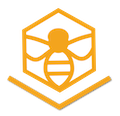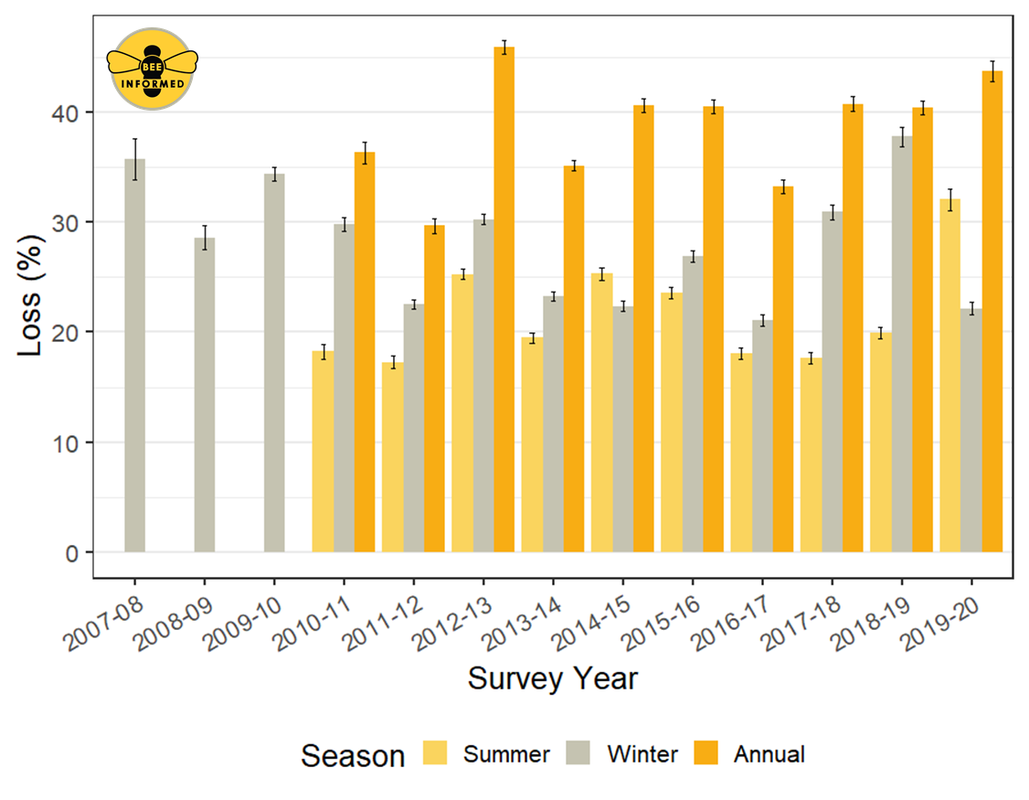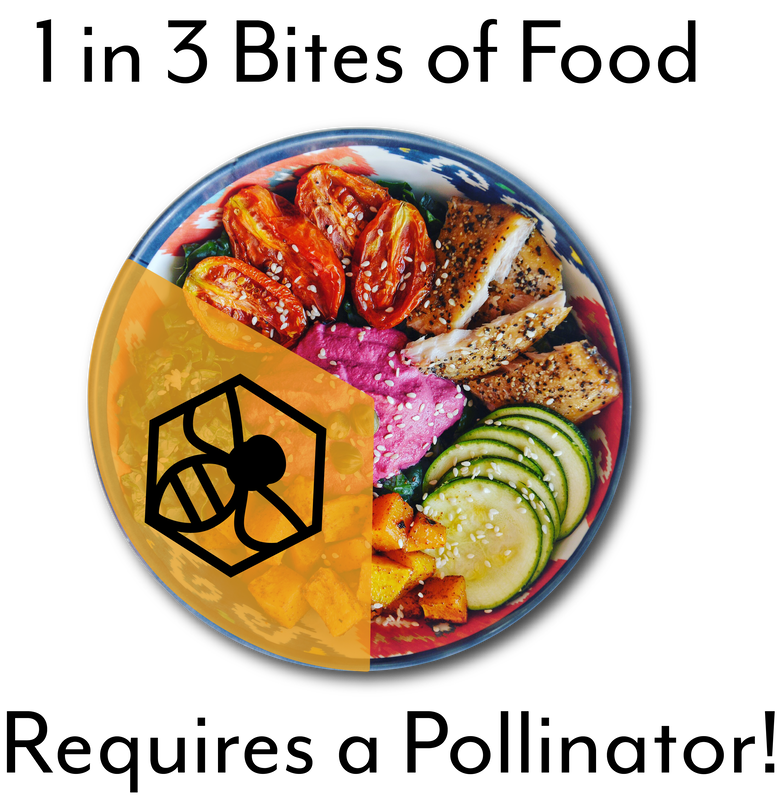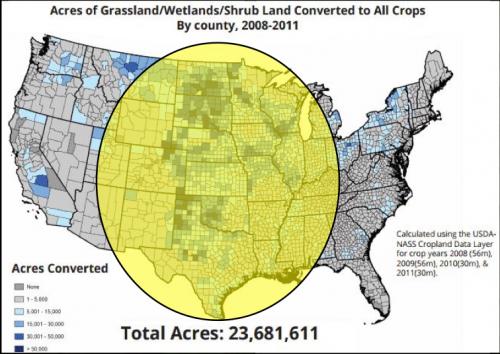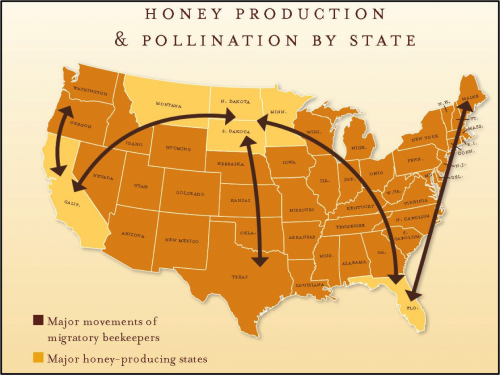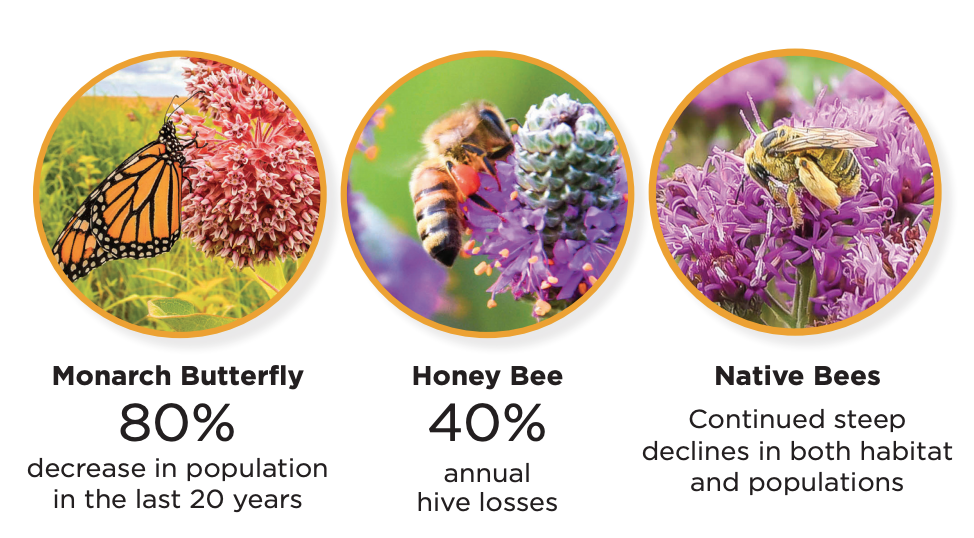Up To 40% of America's Honey Bees Die Each Year.In fact, the number of hives in the United States is now at its lowest point in the past 50 years. Critical wildlife habitat is disappearing, putting honey bees and other pollinators like monarch butterflies in serious decline – and putting our food supply at risk. The global economic cost of bee decline, including lower crop yields and increased production costs, has been estimated as high as $5.7 billion per year.
|
One Third of Our Food Supply Requires A PollinatorOne-third of our food supply – including most fruit and vegetable crops – requires the work of a pollinator to make it to our table. As much as 80% of flowering plants – 90 different crops – require pollination by honey bees and other insects. That means 1 in 3 bites of food depend on a pollinator.
And the economic impact reaches far beyond the table. In the United States, pollination by honey bees, native bees, and other insects produces $40 billion worth of products annually. Approximately $18 billion in American agriculture relies on pollinators. In 2009 alone, honey bees directly supported $11.7 billion of crops in the U.S., and in Canada, the value of honey bee pollination for crop production is estimated at $1.3 to 1.7 billion annually. |
Nowhere to FlyAlmost 24 million acres of grassland were converted into crop ground in the last decade, taking valuable habitat away from pollinators and other wildlife.
For example, Conservation Reserve Program (CRP) Lands once offered a safe haven to thousands of commercial bee hives, providing a buffer from the effects of intense agricultural practices. In 2007, CRP acres numbered 37 million; by 2014, only 24 million. |
Honey Bees Aren't the Only Ones AffectedOther wildlife including monarch butterflies, pheasant, geese, quail, deer and more benefit from critical pollinator habitat rebuilding.
|
Watch to Learn More about
Honey Bees and Habitat:
Honey Bees and Habitat:
Everyone Can Help
|
Looking for more information on honey bees and pollination? Here are a few resources to consider.
News & Media
Research & Laboratories
Associations & Organizations
For questions or more information, contact us.
News & Media
- Agriculture Secretary announces $3 million for a new program to improve pollinator health
- Honey Bee and Monarch Butterfly Partnership Targets Upland Habitat
- Federal regulators agree honeybee decline linked to 'local stressor' mix
- Helping the Monarch butterfly
- America’s Great Plains Lost More Habitat in 2014 than the Brazilian Amazon
- The Critical Need To Protect Our Bee Population
- Researchers worried about the fate of Monarch butterflies
- Seeding Milkweed Can Help Patch Up Monarch Butterfly Habitat
- What's the Best Way to Improve Bee Habitat?
- UN report calls for global action to restore pollinators
- Food Stressed Larvae Make Poor Adults
- Benefits of Planting a Bee Forage Cover Crop
- Forage Resource Guide
- Growers Guide for Planting Forage for Honey Bees
Research & Laboratories
- Center for Honey Bee Research
- Center for Pollinator Research
- Dennis vanEngelsdorp Honeybee Epidemiology Lab
- E.L. Niño Bee Lab
- Harry H. Laidlaw Jr. Honey Bee Research Facility
- Honey Bee Research & Extension Lab
- Honey Bee Research Institute and Nature Center, Inc.
- The Ohio State University Bee Lab
- Oregon State University Honey Bee Lab
- Project Apis m.
- Texas A&M Honey Bee Lab
- UC San Diego Nieh Lab
- UGA Honey Bee Program
- University of Illinois - Honey Bee Research Group
- University of Minnesota Bee Lab
- USDA-ARS Bee Labs
- WSU Honey Bees Pollinators
Associations & Organizations
- American Beekeeping Federation
- American Honey Producers Association
- Eastern Missouri Beekeepers Association
- Greater Atlanta Pollinator Partnership
- Honey Bee Health Coalition
- National Pollinator Health Strategy
- Pollinator Stewardship Council
- Powdermill Nature Reserve/Carnegie Museum of Natural History
For questions or more information, contact us.

